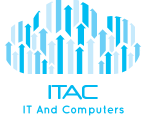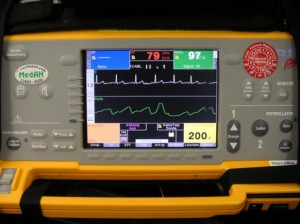GPS Tracking Device for Vehicles: How Good At Tracking Is The Device?

When you have a GPS tracking device in your vehicle, your movements can easily be monitored. In the US, FBI officers use this method to track people who have criminal records or those that they are attempting to repress. If you’re not a criminal or living outside the US, then you shouldn’t worry about the FBI at all. However, someone else may be able to keep an eye on your movements using a GPS device.
It is important to remember that a GPS tracking device requires “seeing” the sky for it to work properly. While GPS signals can permeate through thin plastic materials, they can hardly penetrate those that are made with metal. Therefore, a GPS device would have to be put somewhere it can be protected while still providing fairly clear route directions via the satellites above.
When looking for a hidden GPS tracking device for vehicles, you will to begin the search from the front then work your way to the rear end of your car.
The following are some guaranteed ways to find a Tracking Device in different parts of your vehicle:
The rear bumper
Look behind your car bumper. You may find several wires, but these are likely just powering lights as well as external sensors which are important in sending signals as you drive. Be cautious and do not disconnect or remove anything as you check for unfamiliar devices. In the event that you interrupt anything in the system at the back, your car may suffer from damage or may not start again.
The wheel wells
Although it may seem odd for someone to place a GPS device inside your wheel wells, it is not impossible. Inspect all four, check for any unfamiliar thing that looks like a cylinder, box, or other strange items. There should be no other things found behind your wheels except for your brakes. You may even remove your brakes and inspect them too (you may see a wire connected to a sensor, leave it). In addition, you shouldn’t miss the load-bearing, spiral shaped metal right above the wheels. These are not GPS tracking device for vehicles.
General areas
Inspect your car’s undercarriage. While a device put under here may not provide a smooth transmission with GPS satellites, several devices are equipped with antennas or strong sensors that will set up a clear communication penetrating these barriers.
The consoles
Does your vehicle have a sunroof, a GPS tracker feature that can be installed in different locations inside, enabling it to communicate with satellites above via the opening in the car’s roof? Look for any any unfamiliar objects or wires. Open every part you can (but stay away from those that you have to force to open so as not to break anything).
After checking all the nooks and crannies of your car, if you found nothing, it only means you do not have to worry about anyone watching your car and your movement. However, if these checks still don’t convince you and you still feel like someone is tracking you, it is best to ask a professional to check your car for you.



